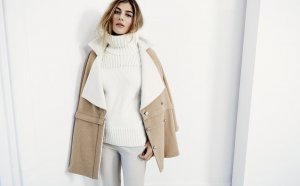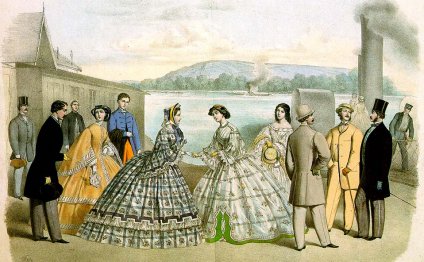
Historical Fashion trends
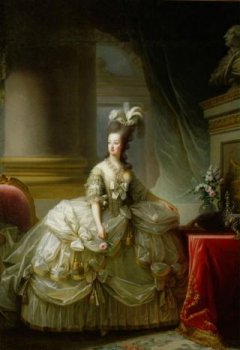 Fashion in years preceding the French Revolution ended up being characterized by great abundance, elaboration and intricacy in clothing styles. Iconic fashion figure, Marie Antoinette, symbolizes the decadence of the time.
Fashion in years preceding the French Revolution ended up being characterized by great abundance, elaboration and intricacy in clothing styles. Iconic fashion figure, Marie Antoinette, symbolizes the decadence of the time.
Picture Credit: Getty Images
Panniers, or part hoops that stretched the width of a dress while keeping leading and back fairly flat, had been worn at courtroom with formal gowns at judge.
The fashion-forward footwear regarding the mid-18th century had high, curved heels and were made from textile or fabric, with separate footwear buckles. The footwear became known as the "Louis heel." Interestingly, the height of heels being viewed as economic signs; the greater the heel, the wealthier a nation.
Photo Credit: LACMA Image Library
Following French Revolution, most couldn't want to be from the aristocracy or perhaps the decadence of the manner formerly donned by the aristocracy. Fashions took in simpler silhouettes.
During the early nineteenth century, high-waisted outfits were in vogue. The "Empire design" had been made famous by French Emperor Napoleon's wife Josephine Bonaparte. The empire gown has a fitted bodice closing just underneath the bust, offering a high-waisted look, and a gathered skirt which is long and loosely fitting but skims the body in the place of becoming supported by voluminous petticoats.
The empire style began included in Neoclassical fashion, inspired from styles present in Greco-Roman art which showed ladies using loose fit rectangular tunics called Peplos which were belted under the breasts, supplying assistance for women and a very good, comfortable outfit ideal for the warm weather.
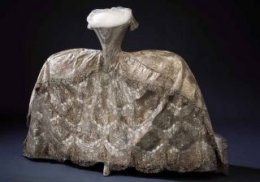 Photo Credit: UIG via Getty Images
Photo Credit: UIG via Getty Images
From 1810 to 1820, clothes became slightly even more organized with padded hems and firmer textiles, such twills and also taffeta. Sleeves started initially to grow fuller at the shoulder and large waists carried on throughout this period but lowered a little while the years passed.
The clothe themselves in this image illustrates inclinations regarding the transition away from the Empire/Regency fashion visual, particularly a far more conical silhouette, and heavy ornamentation around the gown close to the hem. Nonetheless, the waistline remains large.
This style of gowns is usually portrayed as what would've been worn by Jane Austen's figures.
Western fashions during 1820s started initially to re-adopt eighteenth century elements including complete dresses and plainly visible corseting of normal waist.
By the 1830s, the silhouette of times had practically completely transitioned from Empire silhouette regarding the very early nineteenth century to a silhouette that accentuated the fashionable feminine figure along with its sloping shoulders, rounded bust, narrow waist and full sides. Leg 'o mutton sleeves and wider skirts highlighted a narrow waist accomplished through corseting.
Photo Credit: Victoria and Albert Museum
Trends stayed similar into the 1840s, characterized by a slim, natural neck range following exaggerated puffed sleeves and lower waistlines.
Within the 1850s and 60s, ladies manner saw a rise in the width of women's skirts sustained by crinolines or hoop.
The hoop skirt has also become from the American Civil War "southern belle." The essential iconic southern belle is, definitely, Gone with all the Wind's Scarlett O'Hara.
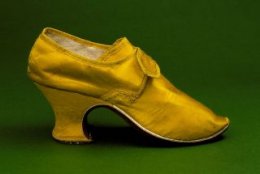 Photo Credit: Getty photographs
Photo Credit: Getty photographs
Interestingly, the 1860s also saw an introduction of alternate fashions known as the Artistic Dress movement. Imaginative Dress refused the highly organized and greatly trimmed Paris fashion of time in favor of convenience and beautiful materials.
Picture Credit: The Society of Antiquaries of London
Through the Victorian age, silhouettes had been tight-fitting and heavily cut with pleats, rouching, and frills. Ladies wore form-fitting boned bodices that achieved below the sides to mold the human body in to the perfect shape. Emphasis for the top had been place on the rear.
Through the belated Victorian age, various women reformers opposed the restrictions for the tight-lacing and boned bodice body-modifying garments in support of more useful clothes. In 1881, the Rational Dress community was created aided by the purpose of opposing manner that "deforms the figure, impedes the movements of human body, or in any way sometimes injure medical." Oscar Wilde along with his spouse Constance were each of the Rational Dress activity. Pictured is a lady in her reform corset from about 1892.
In the change regarding the century, style took on less complicated, more pragmatic outlines with a growth in women's sportswear. With changing attitudes as to what was appropriate for ladies to accomplish, including bicycling and playing playing tennis, fashions were created round the tasks.
Picture Credit: Metropolitan Museum of Art
The early 20th century is characterized by tall, rigid collars, wide hats, and "health corset" that extracted stress from abdomen and created an S-curve silhouette.
Huge, broad-brimmed caps were used, trimmed with public of feathers and periodically total stuffed birds or decorated with ribbons and artificial flowers.
Picture Credit: Library of Congress
The entire "Gibson Girl" hairstyles were in addition preferred, as seen on "Gibson woman, " Evelyn Nesbit.
Throughout the 1920s, style joined the current period. It was the 1st time women very first abandoned the more restricting fashions of past many years and began to put on convenient clothes (particularly quick dresses or trousers).
The tubular dresses associated with earlier in the day the main century had developed into an equivalent silhouette that now sported shorter dresses with pleats, gathers, or slits to permit motion. The "flapper" appearance is without question probably the most unforgettable manner trend of the “Roaring '20s." It absolutely was functional and enjoyable.
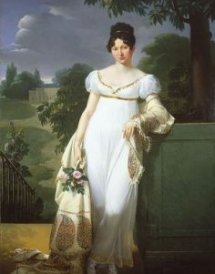
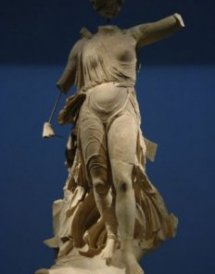

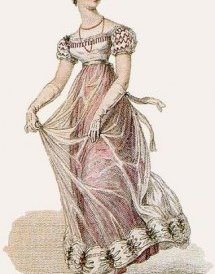
RELATED VIDEO


Share this Post
Related posts
Winter Style
WinterStyle.com specializes in premium quality winter months outerwear accessories. Discover the seasons hottest winter months…
Read MoreCultural Fashion trends
For everybody who works in the style business it is critical to have the ability to recognize and also to anticipate social…
Read More
